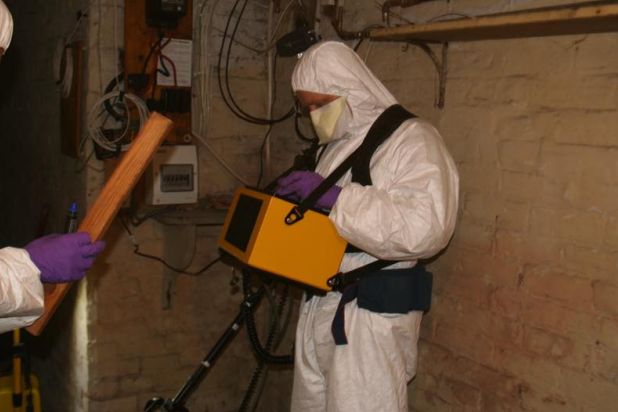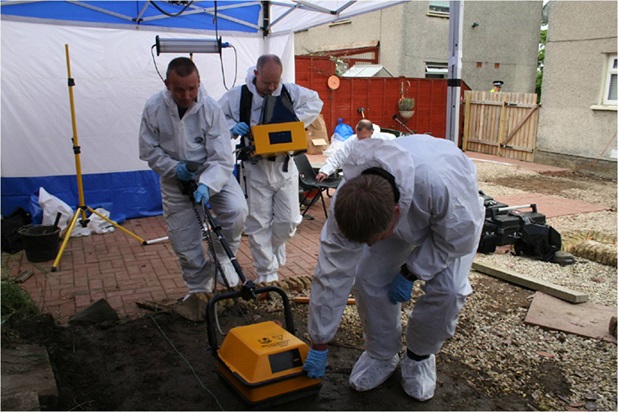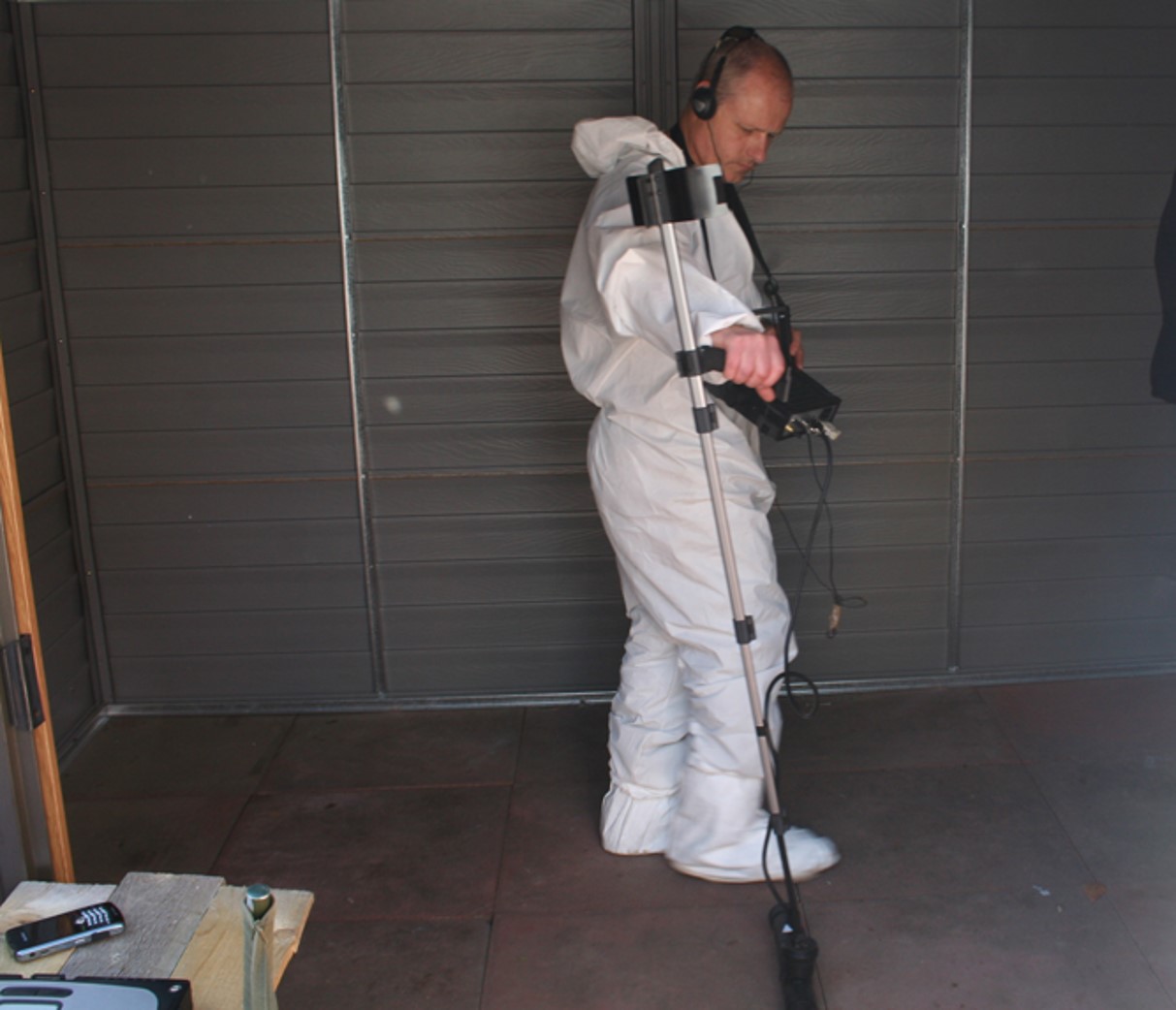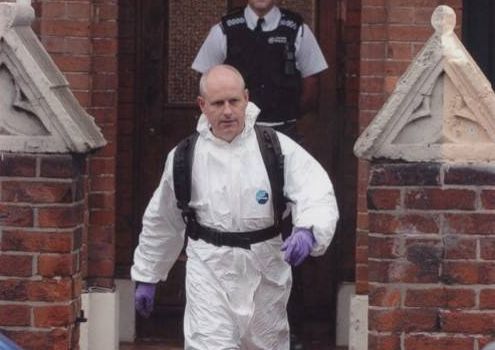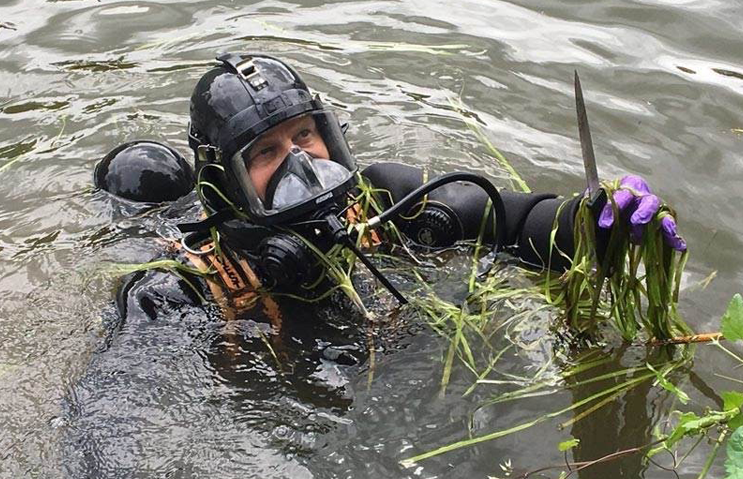Forensic Search
Specialist Group International (SGI) provides expert forensic search services to law enforcement, and government agencies.
Using advanced technology such as side scan sonar, ground-penetrating radar, and specialist underwater search techniques, our teams locate missing persons, human remains, and critical evidence in challenging environments on land and underwater.
With decades of experience in high-profile investigations and cold cases, SGI delivers precise, reliable results to support criminal investigations and search operations.
Contact Specialist Group International
You can contact Specialist Group International’s 24/7 control room at any time: 01306 889969
(please note all calls are recorded)

